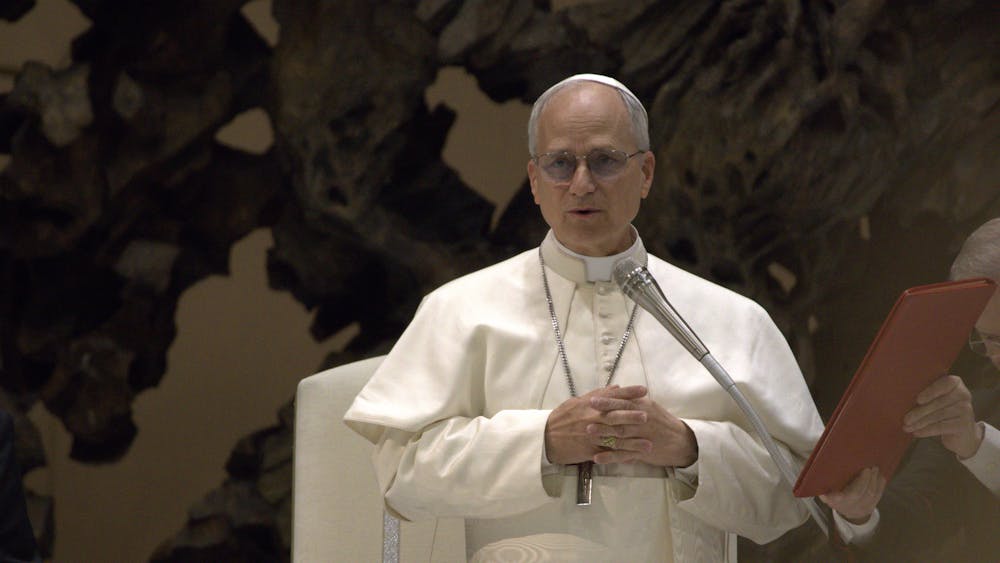Members of the Irish Satellite Club recently advanced to finalist standing in NASA’s FLOATing DRAGON competition.
According to NASA’s website, the Formulate, Lift, Observe, and Testing; Data Recovery and Guided On-board Node Balloon Challenge “was developed to provide increased opportunities for academic research institutions to contribute to the NASA Science Mission Directorate’s mission.” 
Teams must find a way to securely drop a payload, with the data resulting from balloon missions, and have it navigate to a particular landing point.
Sarah Kopfer, a sophomore computer engineering student and member of the team, is in charge of designing the system that will allow the load to autonomously steer to its destination when dropped from 120,000 feet in the air.
She said the first step of the competition process was to send in paperwork outlining the team’s design and a review of it, called the CDR.
NASA then approved this plan and offered suggestions, after which the team edited their design and compiled a detailed second report, including their most recent work on the project, all due over Christmas break.
On Jan. 30, the team received the good news that they were one of the six universities to join the launch program.
Kopfer described their original brainstorming process, which included everything from a drone to an object resembling a rocket. Their ultimate system uses a parafoil design, which involves an arc, similar to a parachute, with ropes on either end, which can be pulled to change direction.
The payload will steer using the computer program Kopfer is designing using Model Predictive Control. In this process, the system takes the object’s coordinates and plans the spot it wants to reach in a certain amount of time, about ten seconds. Then, it uses an equation to predict its location and compares that to its actual coordinates after that period of time, adjusting based on whether it reached the target.
Though Kopfer acknowledged the difficulty of sticking to NASA’s deadlines, especially over the Christmas holiday, she also spoke to her team members’ genuine interest in the competition, which continues to fuel their work.
The team met with their NASA advisors this week to learn about the upcoming steps of the contest. Over the following weeks, they’ll meet frequently with a specific advisor, and their software and data review is due in May.
Though this challenge has become a main focus of the club recently, they’re working on four projects at any given time. Kopfer says their “biggest long term goal is to get a satellite into space.”
She spoke very highly of the club as a whole, saying it’s “probably [her] favorite thing [she’s] ever done.” She described it as “rewarding” to use her knowledge in a practical, concrete way and see her “work go towards something that [she] really love[s].”
The Irish Satellite Club is open to any students interested in joining.
“I’m very very excited for where this project and where our club as a whole is going,” Kopfer said.
ND Irish Satellite club advances to finalist standing in NASA competition
The Irish Satellite club poses for a group photo in front of the Dome.









